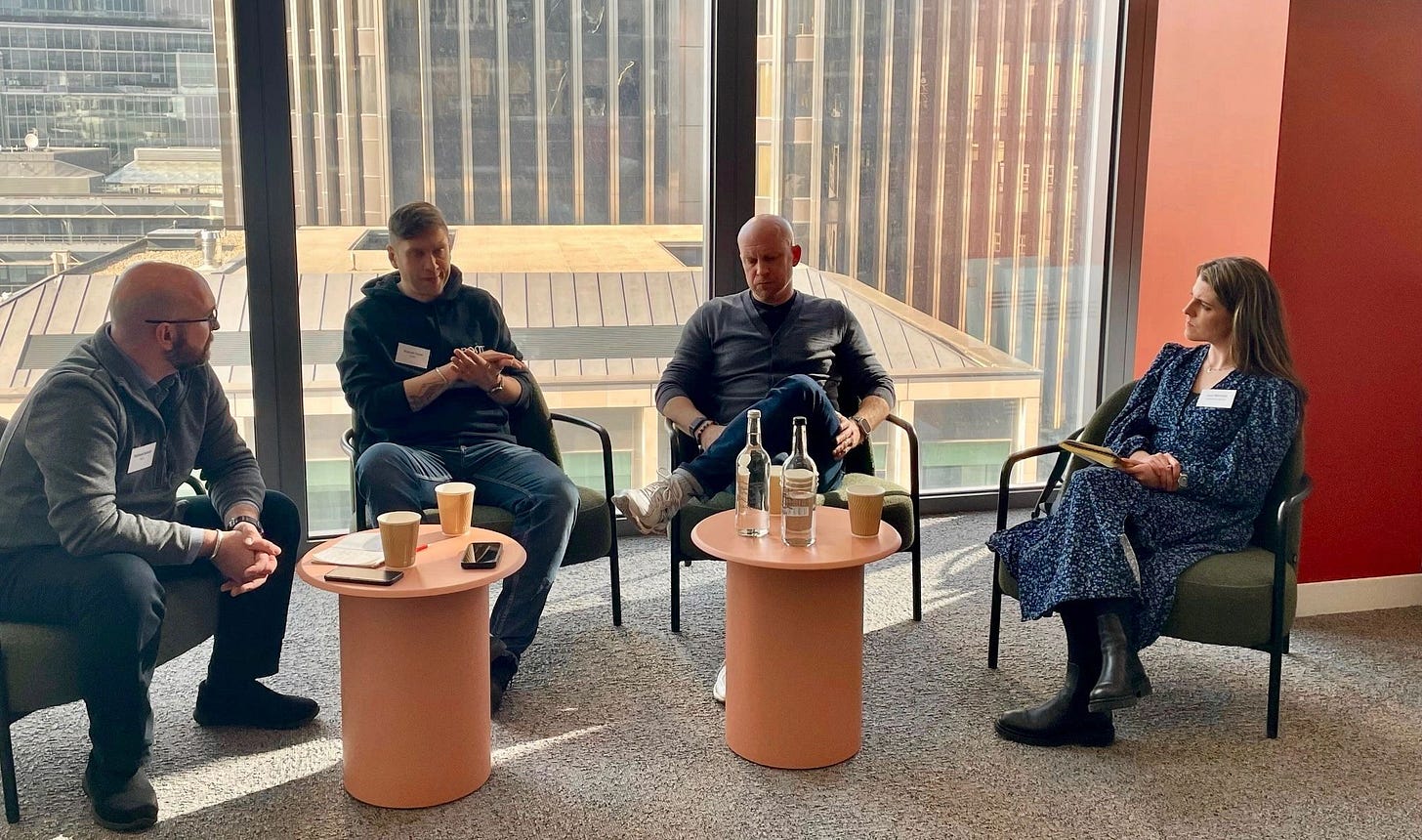What Does ‘Service’ Mean Today for the Flex Industry?
Key Takeaways from Flexible Space Association X PONT Panel
Last week FlexSA and, fellow Brave consortium members, PONT brought together SOMEONE to tackle the meaning of service in the flex industry. From global service standard to the role of technology, the discussions highlighted both the opportunities and challenges faced to shape this market. Here ar…
Keep reading with a 7-day free trial
Subscribe to Brave Ideas to keep reading this post and get 7 days of free access to the full post archives.



